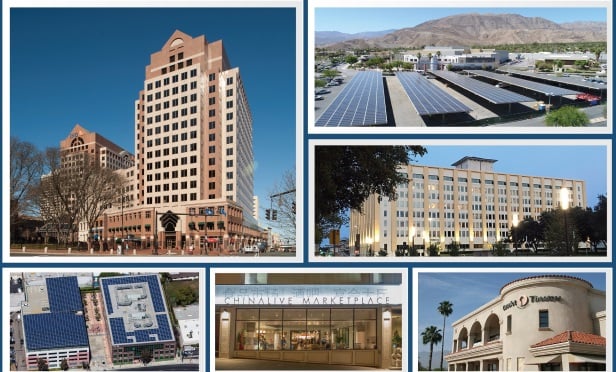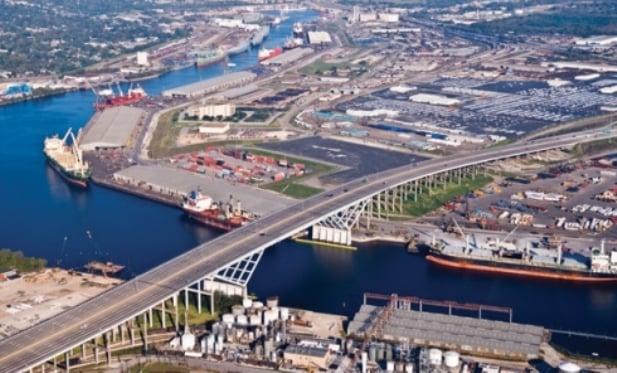NEW YORK CITY-How the global footprint of real estate assets will impact the environment is a concern that appears to be growing along with the worldwide building stock. In a newly released report by Boulder, CO-based Pike Research, the worldwide stock of brick-and-mortar is set to increase 25% by 2021, with much of this growth driven by Asian countries.
In fact, according to Pike, in the next nine years, global building inventory—both residential and commercial—will balloon from 1.6 trillion square feet to 2 trillion. “Commercial and residential buildings are responsible for 49% of the world's energy consumption and 47% of global greenhouse gas emissions,” says senior research analyst Eric Bloom.
“Much of this energy is consumed in an inefficient manner and can be reduced through cost-effective measures," he continues. "Such measures will be particularly critical in rapidly growing economies like China, where residential buildings will grow by 60% in the next decade, reaching more than 600 billion square feet by 2021.”
Counter to the overall trend, Pike says, the US residential hit on the environment will actually shrink as the county continues to go through its urbanization. “By 2021,” the study concludes, “the total area of single-family homes in the United States will have decreased by nearly 4 billion square feet.”
© 2025 ALM Global, LLC, All Rights Reserved. Request academic re-use from www.copyright.com. All other uses, submit a request to [email protected]. For more information visit Asset & Logo Licensing.








